Home>Garden Essentials>What Do Rose Seeds Look Like
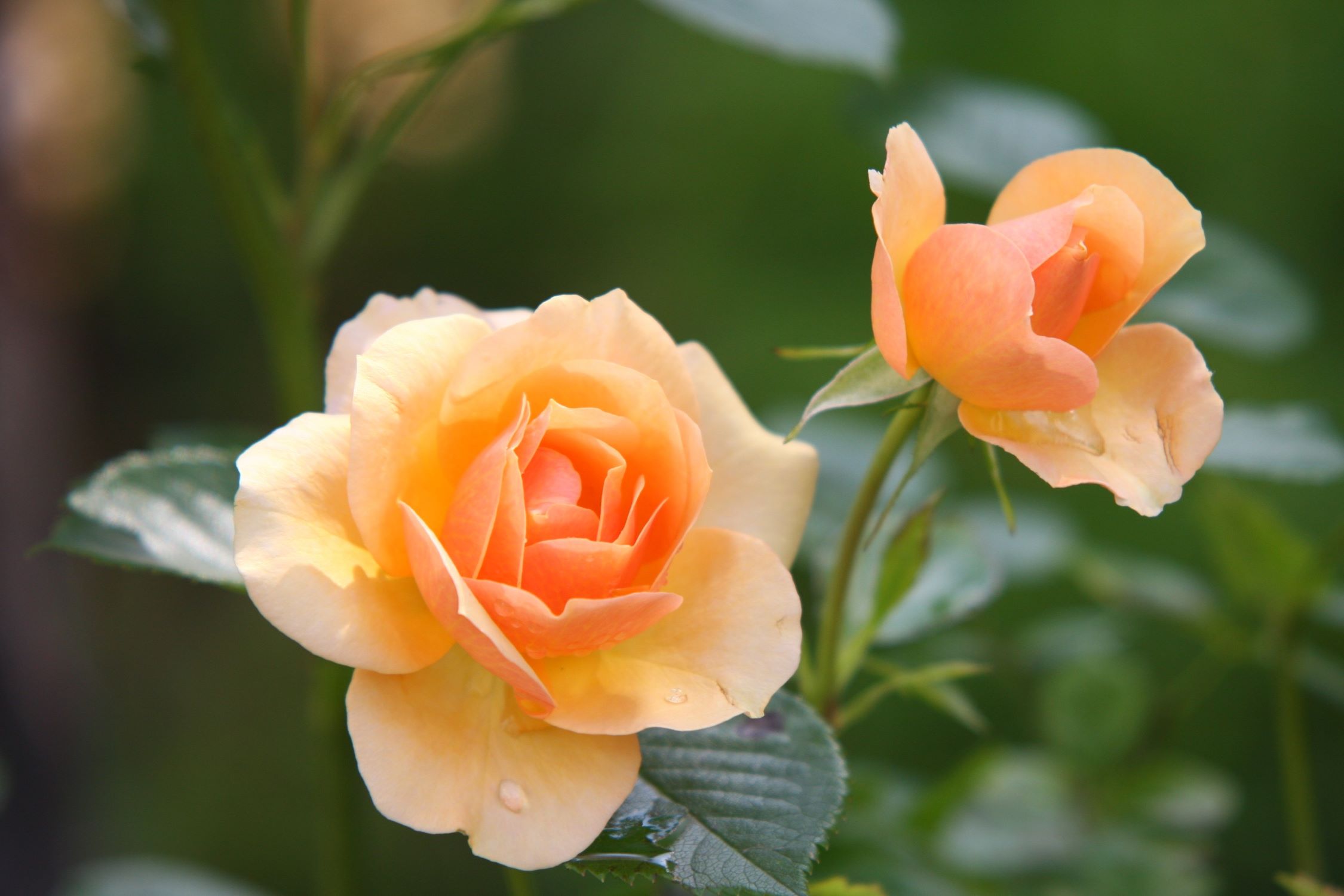

Garden Essentials
What Do Rose Seeds Look Like
Modified: March 16, 2024
Discover what rose seeds look like in your garden. Learn about the various shapes, sizes, and colors of rose seeds, and how to cultivate them for a beautiful, blooming garden.
(Many of the links in this article redirect to a specific reviewed product. Your purchase of these products through affiliate links helps to generate commission for Storables.com, at no extra cost. Learn more)
Introduction
Welcome to the world of gardening, where nature’s beauty can be harnessed right in your own backyard. If you’re a gardening enthusiast, you’re probably familiar with the mesmerizing allure of roses. With their stunning blooms and intoxicating scents, roses have long been a symbol of love, beauty, and elegance.
While many gardeners enjoy growing roses from cuttings or purchasing established plants from nurseries, there is another method that allows you to experience the joy of watching a rose plant grow from the very beginning: growing roses from seeds. This process not only gives you the satisfaction of nurturing a plant from its earliest stages, but it also allows for a wider variety of rose species and unique characteristics.
Before diving into the fascinating world of rose seeds, it’s important to understand what they look like, how they differ from other types of seeds, and the requirements for successful germination and growth. In this article, we will explore the characteristics of rose seeds, their germination process, and some essential tips for caring for rose seedlings.
So, if you’re ready to embark on this journey and uncover the secrets of rose seeds, let’s dive in!
Key Takeaways:
- Rose seeds are not round or oval, but elongated and brown. They need cold stratification and should be planted in late fall or early winter for successful germination.
- To grow healthy rose seedlings, provide ample sunlight, consistent watering, and proper fertilization. Overcoming obstacles like low seed viability and uneven germination is possible with patience and care.
Read more: What Does Rose Of Sharon Seeds Look Like
Understanding Rose Seeds
As a gardener, it’s essential to familiarize yourself with the different aspects of rose seeds. Unlike some other plant seeds, rose seeds are not typically round or oval in shape. Instead, they have a more elongated appearance, resembling small, brown capsules. These capsules contain the seeds and are known as “hips.”
Rose hips are formed after the rose flowers have been pollinated and the petals fall off. Inside each hip are several seeds, usually ranging from 10 to 50, depending on the rose species. These seeds are surrounded by a protective shell, which provides them with nutrients and protection until they are ready to germinate.
It’s important to note that not all rose varieties produce hips or viable seeds. Some hybrid roses, particularly those bred for their ornamental characteristics, may not develop hips at all. Therefore, if you want to grow roses from seeds, it’s best to choose open-pollinated or heirloom rose varieties that are known to produce hips.
Rose seeds require a period of cold stratification, during which they experience a period of cold temperature to break their dormancy. For this reason, rose seeds are typically planted in late fall or early winter, so they can go through the natural winter season and awaken in the spring.
Now that we have a better understanding of rose seeds and their characteristics, let’s explore the germination process and how to ensure successful growth.
Characteristics of Rose Seeds
When it comes to the characteristics of rose seeds, there are several aspects to consider. Understanding these factors will help you identify healthy seeds and give you an idea of what to expect during the germination process.
Color: The color of rose seeds can vary, but they are typically brown or dark brown. Avoid seeds that appear shriveled, discolored, or moldy, as these might not be viable for germination.
Size: Rose seeds are relatively small in size, usually around 1/8 to 1/4 inch long. While they may seem tiny, each seed has the potential to give rise to a beautiful rose plant with proper care.
Texture: When holding a rose seed, you’ll notice a slight roughness on its outer surface. This texture helps the seed adhere to the soil and aids in germination. Avoid seeds that feel overly soft or mushy, as they may be damaged or past their viability.
Weight: Viable rose seeds have a certain weight to them due to the presence of the embryo and nutrient-rich endosperm inside the shell. Light or hollow seeds are often signs of poor quality or lack of viability.
Shape: As mentioned earlier, rose seeds typically have an elongated shape, resembling small capsules. However, within a given rose species, the shape may vary slightly. Some seeds may be slightly curved or have irregularities, but as long as they are firm and healthy, these variations are common.
It’s important to choose fresh, high-quality rose seeds for optimal germination. You can either harvest seeds from your own rose plants or purchase them from reputable seed suppliers to ensure their viability.
Now that you know what to look for in rose seeds, let’s move on to the germination process and how to give your seeds the best chance at sprouting into healthy seedlings.
Germination of Rose Seeds
The germination process is a crucial stage in growing rose seeds. By providing the right conditions, you can encourage the seeds to sprout and begin their journey towards becoming beautiful rose plants. Here are the steps to follow for successful germination:
1. Preparing the Soil: Start by preparing a well-draining potting mix for your rose seeds. A mix of equal parts peat moss, perlite, and vermiculite is ideal. This creates a light and airy medium that allows for sufficient oxygen circulation and prevents waterlogging.
2. Soaking the Seeds: To help soften the hard outer shell of the rose seeds and enhance germination, you can soak them in water for 24-48 hours. This process is called scarification. Be sure to change the water every few hours to prevent any build-up of harmful bacteria.
3. Stratification: Rose seeds require a period of cold stratification to break their dormancy and stimulate germination. After soaking, place the seeds in a moist paper towel or seed starting tray, and then seal them in a plastic bag. Store the bag in the refrigerator for about 8-12 weeks.
4. Sowing the Seeds: After the stratification period is complete, it’s time to sow the seeds. Fill small seed pots or trays with the prepared potting mix and moisten it slightly. Place the seeds on top of the soil and gently press them down, ensuring they make good contact with the soil surface.
5. Covering and Watering: Sprinkle a thin layer of the potting mix over the seeds to cover them. It’s important not to bury the seeds too deeply, as they need light to germinate. After covering, water the soil gently to ensure it’s evenly moist. Avoid overwatering, as excessive moisture can lead to rotting.
6. Providing Optimal Conditions: Place the seeded pots or trays in a warm location with indirect sunlight. Warming mats or placing the containers on top of a refrigerator can provide a gentle heat source to stimulate germination. Maintain a temperature of around 70-75°F (21-24°C) during the germination process.
7. Patience and Care: It’s important to be patient, as germination can take several weeks or even months for rose seeds. Mist the soil occasionally to maintain moisture levels, but avoid soaking the soil. Keep an eye out for any signs of germination, such as tiny green shoots breaking through the soil surface.
As the seedlings emerge, gradually introduce them to more sunlight to encourage healthy growth. Transplant them to larger pots or into the ground once they have developed a strong root system.
By following these steps and providing the proper conditions, you can increase the chances of successfully germinating your rose seeds and beginning your journey towards a beautiful rose garden.
Rose seeds are small, brown, and oval-shaped. They are often found inside the rose hip, which is the fruit of the rose plant. To collect rose seeds, wait until the rose hip turns red and then remove the seeds from the fruit.
Caring for Rose Seedlings
Once your rose seedlings have emerged and established their root systems, it’s crucial to provide them with proper care to ensure their healthy growth and development. Here are some essential tips for caring for your rose seedlings:
1. Sunlight: Rose seedlings require ample sunlight to thrive. Place them in a location that receives at least 6-8 hours of direct sunlight each day. If growing them indoors, use grow lights to provide the necessary light intensity. Rotate the seedlings every few days to ensure even growth.
2. Watering: Consistent watering is important for the health of rose seedlings. Keep the soil evenly moist, but not waterlogged, throughout the growing season. Water the seedlings at the base, avoiding overhead watering which can encourage diseases. Regularly check the soil moisture and adjust your watering schedule accordingly.
3. Fertilization: As your seedlings grow, they will benefit from regular fertilization. Use a balanced, water-soluble fertilizer with a ratio of 10-10-10 or a rose-specific fertilizer. Follow the package instructions for application rates and frequency. Avoid overfertilizing, as it can lead to weak growth or nutrient burn.
4. Pruning: Once your seedlings have developed a few sets of true leaves, you can start lightly pruning them. Pinching off the top growth will encourage branching and bushier growth. This will help develop a strong and compact plant. However, be careful not to prune too aggressively, as it can stress the seedlings.
5. Mulching: Adding a layer of organic mulch around the base of your rose seedlings helps conserve moisture, regulate soil temperature, and suppress weed growth. Use materials like straw, wood chips, or dried leaves. Ensure the mulch is placed a few inches away from the stem to prevent moisture-related problems.
6. Disease and Pest Control: Keep a close eye on your seedlings for any signs of diseases or pests. Common rose ailments include powdery mildew, black spot, and aphids. Preventive measures such as proper spacing, good air circulation, and removing affected foliage can help minimize these issues. If necessary, use organic or chemical treatments as recommended.
7. Transplanting: When your seedlings have grown large enough and the weather conditions are suitable, it’s time to transplant them into their permanent location. Choose a site with well-draining soil, good sunlight exposure, and sufficient space for the mature rose plant. Follow proper transplanting guidelines to minimize stress on the seedlings.
By providing the right balance of sunlight, water, nutrients, and care, your rose seedlings will grow into healthy and vigorous plants. Remember to monitor their progress, adjust your care routine as needed, and enjoy watching your seedlings transform into stunning roses.
Read more: What Does A Desert Rose Seed Pod Look Like
Common Obstacles in Growing Rose Seeds
Growing rose seeds can be a rewarding and fulfilling experience, but it’s not without its challenges. As with any gardening endeavor, there are common obstacles that gardeners may encounter along the way. Understanding these challenges and knowing how to overcome them will increase your chances of successfully growing rose seeds. Here are some common obstacles you may face:
1. Low Seed Viability: Not all rose seeds are viable, meaning they have the ability to germinate and grow into healthy seedlings. Factors such as age, storage conditions, and genetic characteristics can affect seed viability. It’s important to source fresh, high-quality seeds from reputable suppliers to maximize your chances of successful germination.
2. Scarification Difficulties: Scarification, the process of breaking the hard outer shell of rose seeds, is crucial for germination. However, some seeds may have extremely hard coats that are challenging to scarify through soaking or physical methods. In such cases, you can try scraping or filing a small section of the seed coat to expose the inner seed for better water absorption.
3. Uneven Germination: Rose seeds may germinate at different rates, resulting in uneven growth among seedlings. Some seeds may sprout quickly, while others may take weeks or even months. Patience is key during this process. Allow each seed ample time to germinate and ensure consistent care for all seedlings, regardless of their germination timing.
4. Transplant Shock: When it’s time to transplant your rose seedlings into the garden or larger pots, they may experience some degree of transplant shock. This can include wilting, yellowing leaves, or temporary stunted growth. To minimize transplant shock, ensure the seedlings are well-watered before and after transplanting, and provide shade or temporary protection from strong sunlight or harsh weather conditions.
5. Disease and Pest Issues: Roses are susceptible to various diseases and pests, which can impact their growth and overall health. Common problems include powdery mildew, black spot, aphids, and spider mites. Regularly inspect your seedlings for signs of disease or pest infestations and take appropriate preventive measures, such as providing good air circulation, practicing proper sanitation, and using organic or chemical treatments when necessary.
6. Unsuitable Growing Conditions: Roses thrive in specific growing conditions, and inadequate environmental factors can hinder their growth. Poor drainage, lack of sunlight, extreme temperatures, and improper soil pH can stress or damage the seedlings. Ensure you choose a suitable location with well-draining soil, adequate sunlight, and proper care to create an environment conducive to rose growth.
7. Lack of Vigor or Genetic Variability: In some cases, rose seedlings may exhibit a lack of vigor or desirable traits due to limited genetic diversity. This can result from growing roses from self-pollinated seeds or from seeds produced by plants with poor genetic traits. To overcome this obstacle, seek out open-pollinated or heirloom rose varieties and consider cross-pollination between different rose varieties to introduce genetic variability.
While these obstacles may present challenges, they are not insurmountable. With patience, care, and knowledge, you can navigate these hurdles and successfully grow rose seeds into healthy and beautiful plants. Remember to adapt your approach as needed and celebrate the journey of growing roses from seeds.
Conclusion
Growing roses from seeds is a captivating and rewarding experience that allows you to witness the miraculous journey of a tiny seed developing into a stunning rose plant. While it may require patience, care, and a bit of knowledge, the joy and sense of accomplishment you’ll feel as you see your seedlings thrive is truly unmatched.
Throughout this article, we’ve explored the characteristics of rose seeds, the germination process, and essential tips for caring for rose seedlings. From understanding what rose seeds look like to overcoming common obstacles, you now have a solid foundation to embark on your own rose-growing adventure.
Remember, when choosing rose seeds, opt for open-pollinated or heirloom varieties to ensure viable seeds. With proper scarification, stratification, and sowing techniques, you can enhance the germination success rate. Once the seedlings emerge, offer them ample sunlight, consistent watering, and appropriate fertilization to foster healthy growth.
While challenges like low seed viability, uneven germination, and potential disease and pest issues may arise, don’t let them discourage you. With a proactive approach and the necessary preventive measures, you can overcome these obstacles and watch your rose seedlings flourish.
As your seedlings develop, be mindful of transplant shock and provide suitable growing conditions for their long-term success. Pay attention to their needs, prune when necessary, and appreciate the beauty of each individual rose as it reaches full bloom. With time and care, your rose garden will become a haven of natural beauty and fragrance.
So, whether you’re a seasoned gardener or a novice, why not try your hand at growing roses from seeds? The journey from seed to blossom is a remarkable one, and you’ll gain a deeper appreciation for the intricacies of nature. So roll up your sleeves, plant some rose seeds, and let the magic unfold in your garden.
Frequently Asked Questions about What Do Rose Seeds Look Like
Was this page helpful?
At Storables.com, we guarantee accurate and reliable information. Our content, validated by Expert Board Contributors, is crafted following stringent Editorial Policies. We're committed to providing you with well-researched, expert-backed insights for all your informational needs.
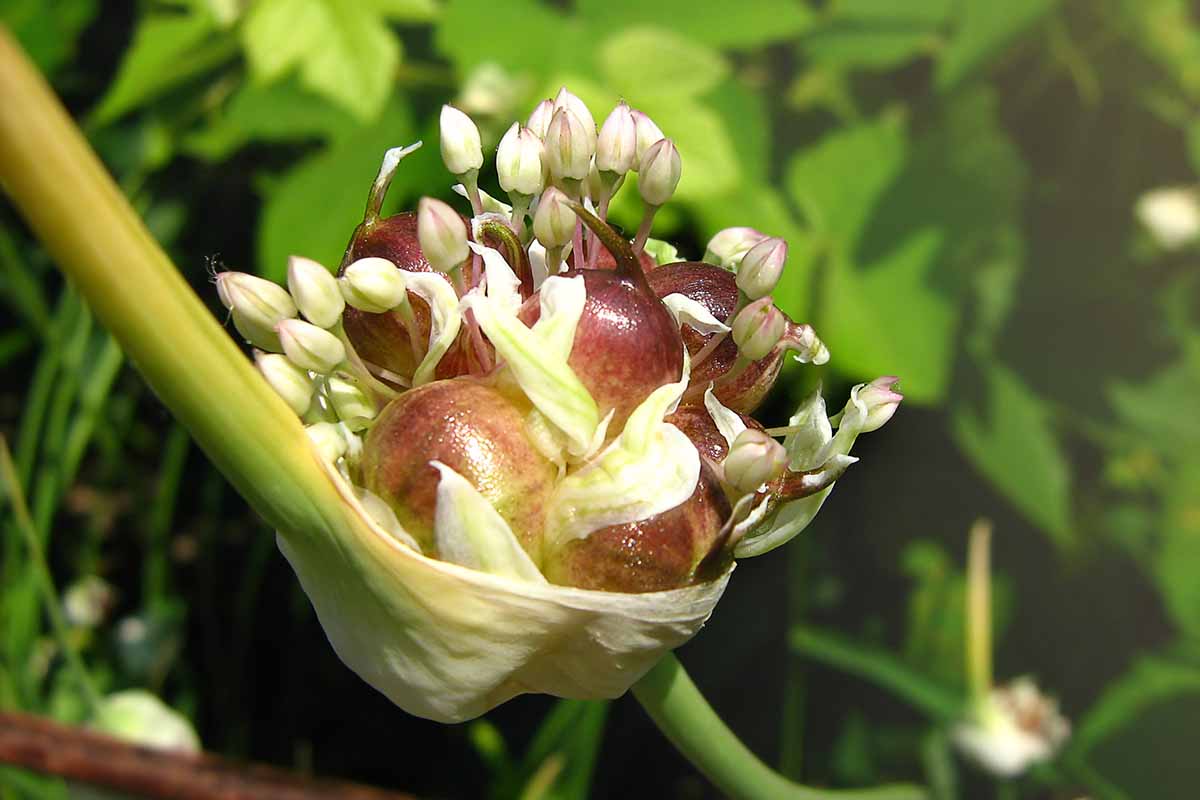
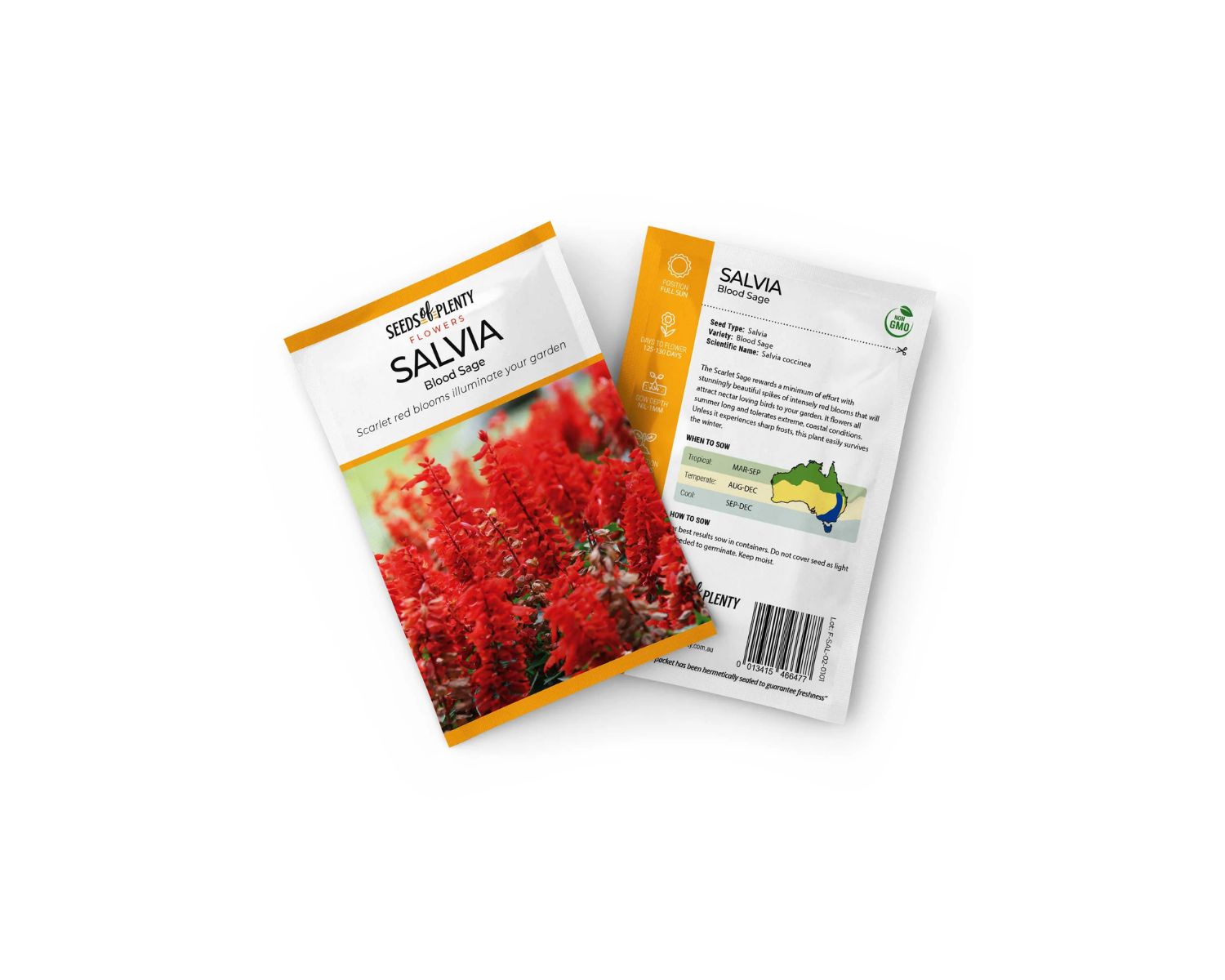
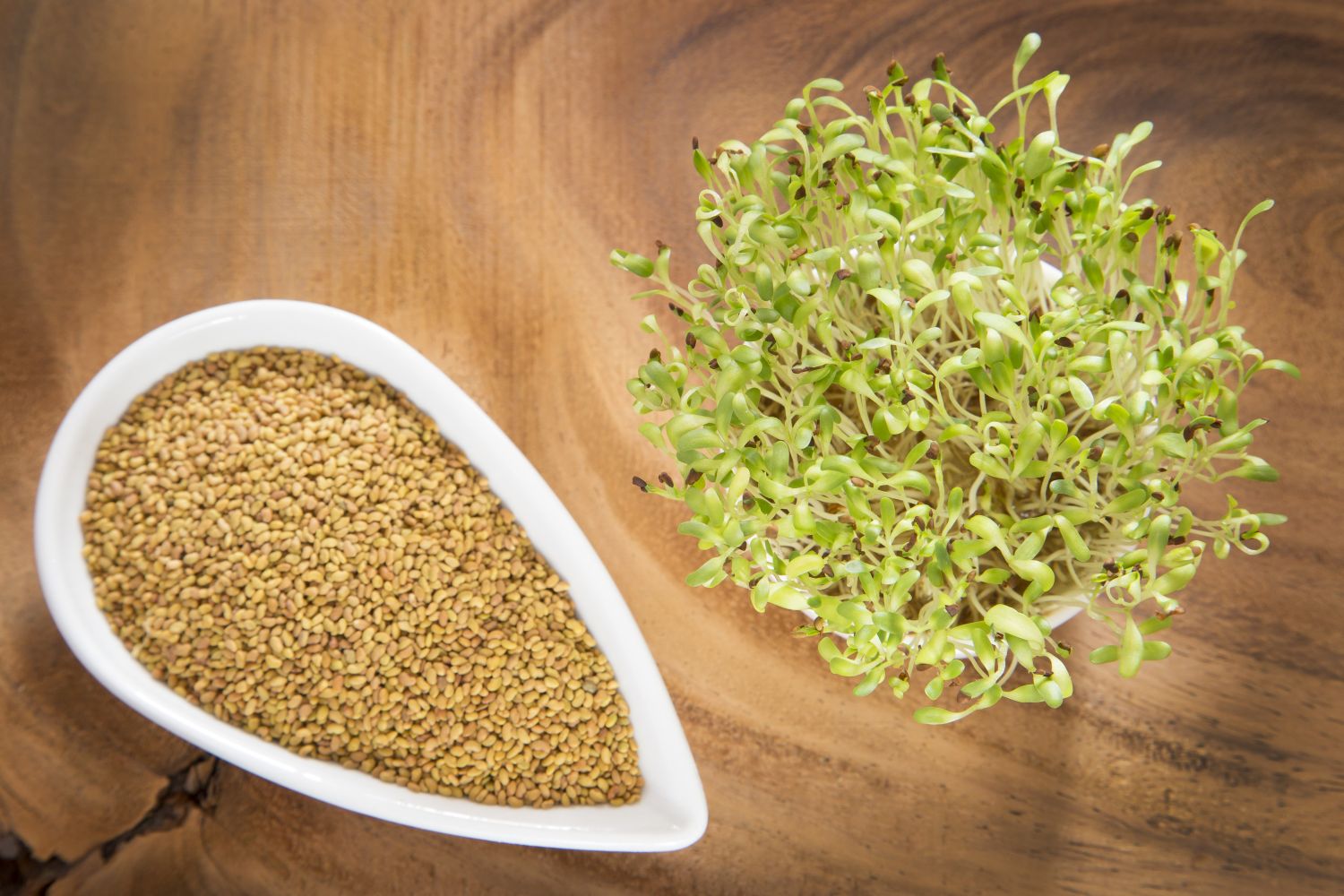
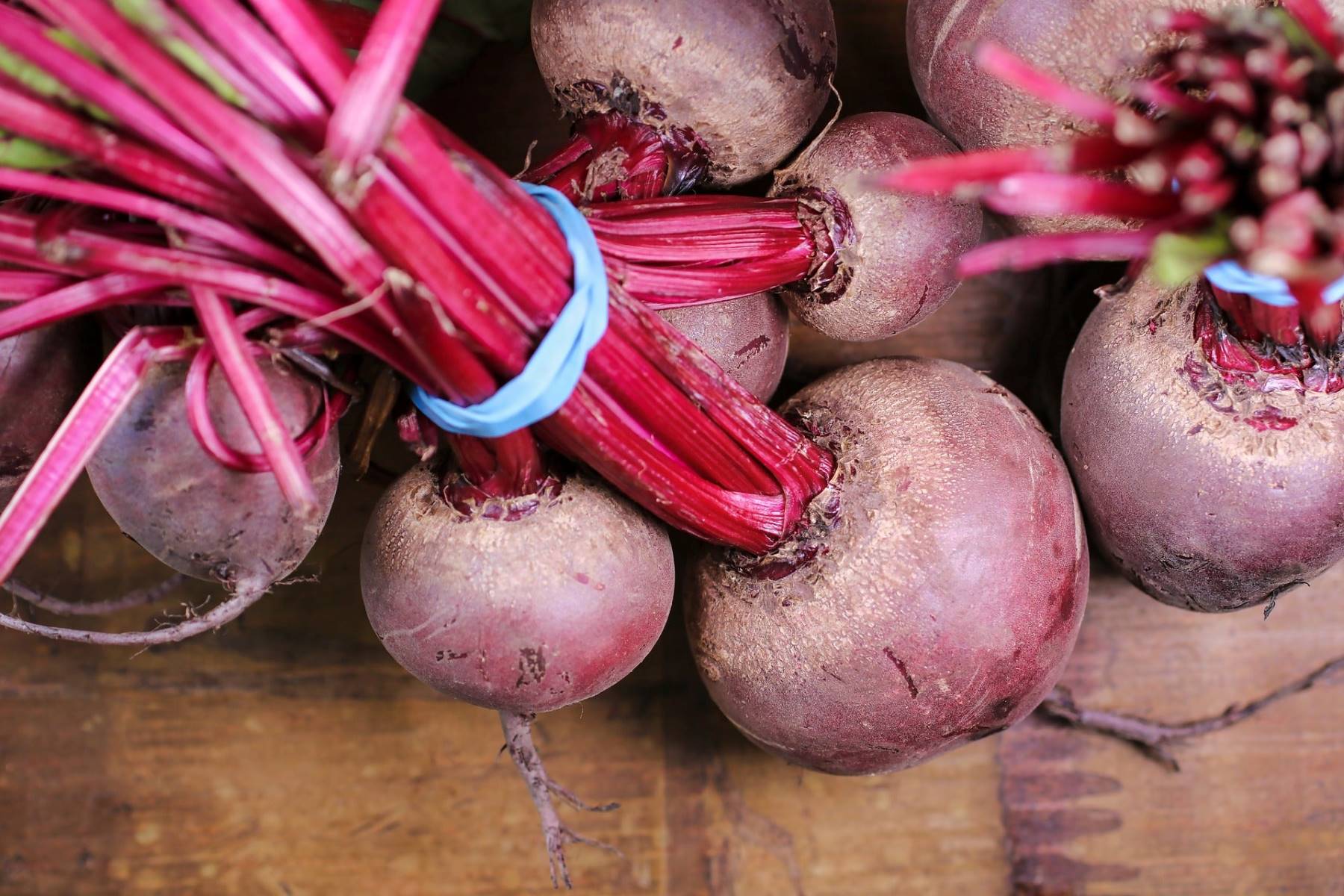
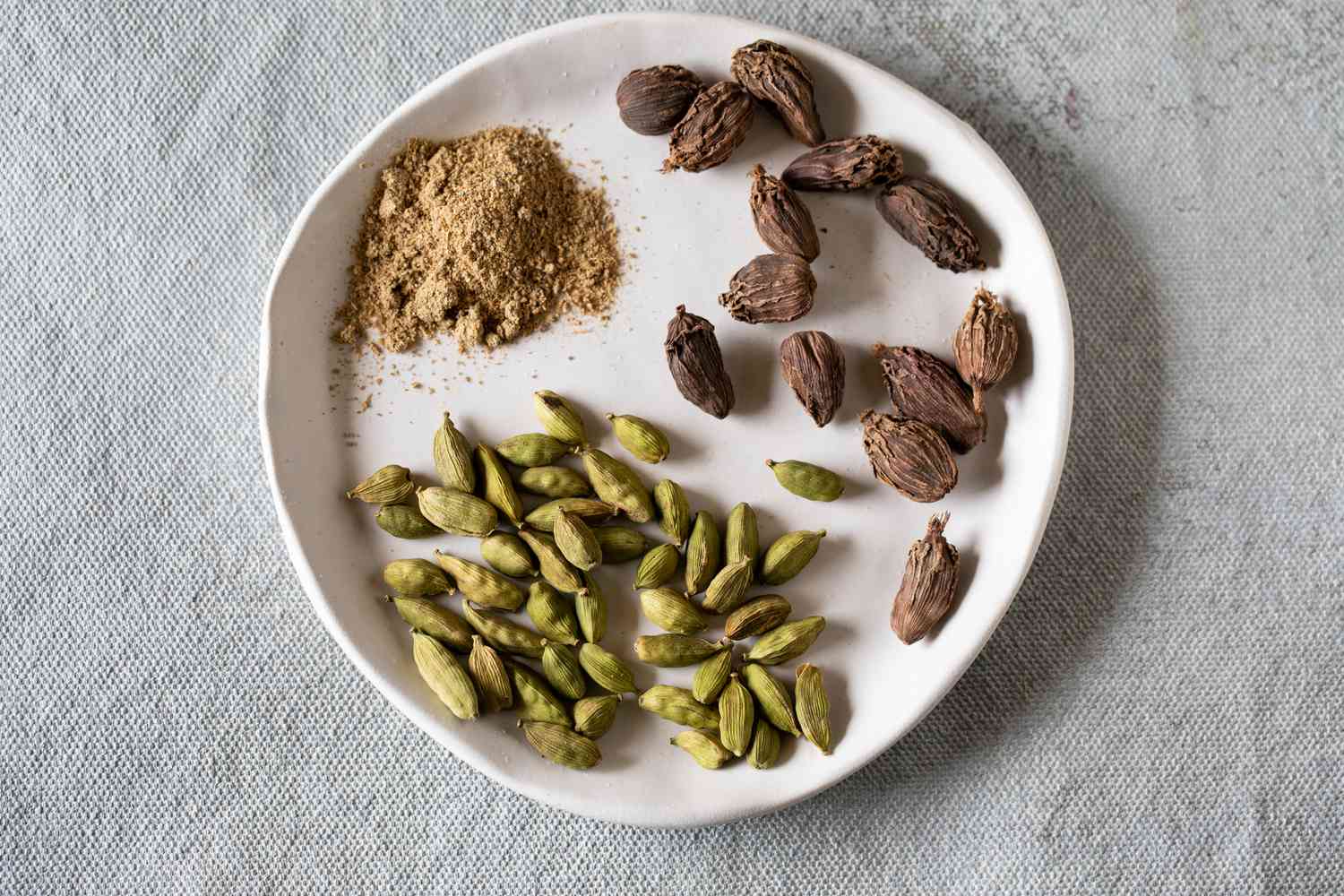
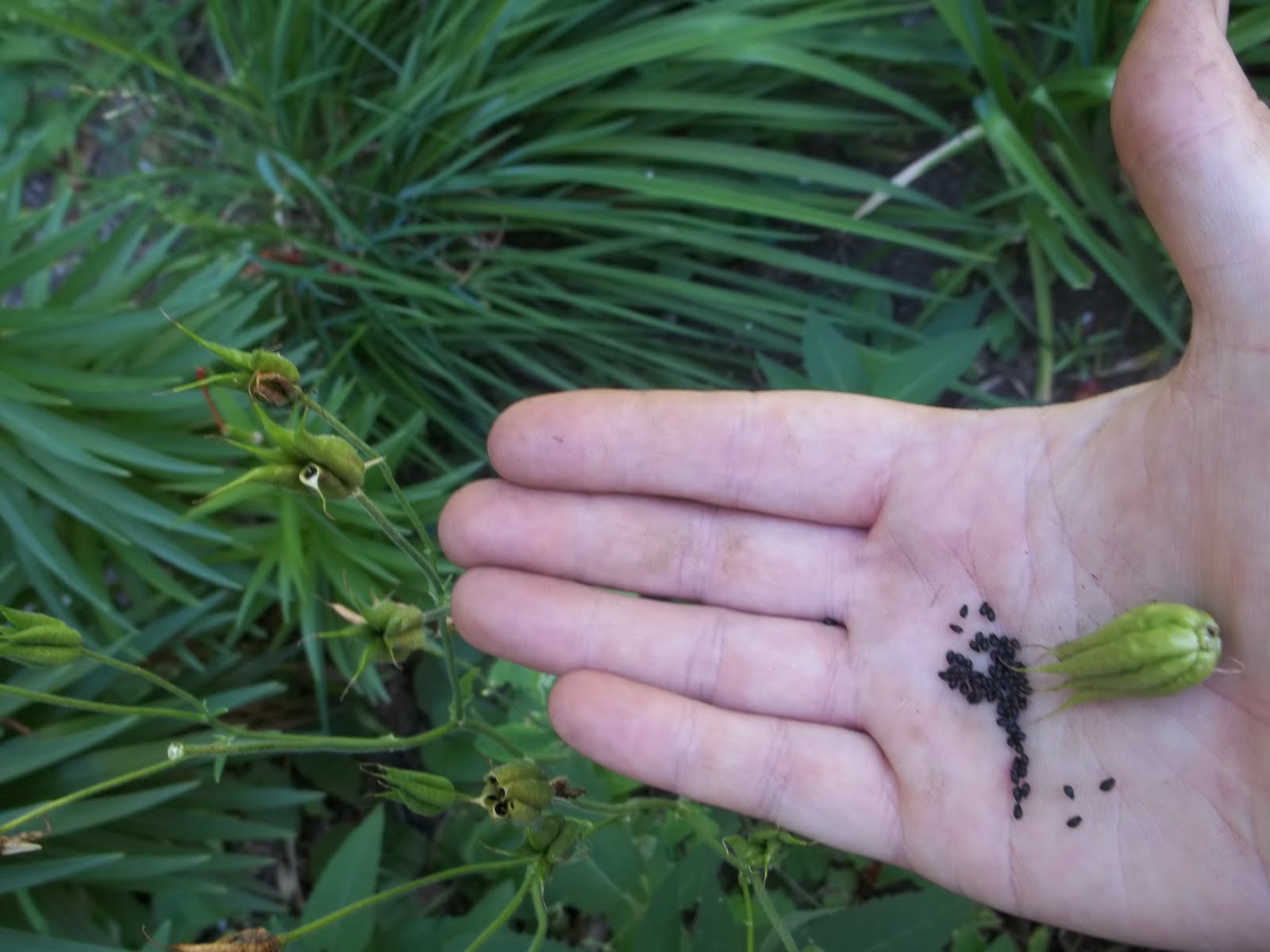
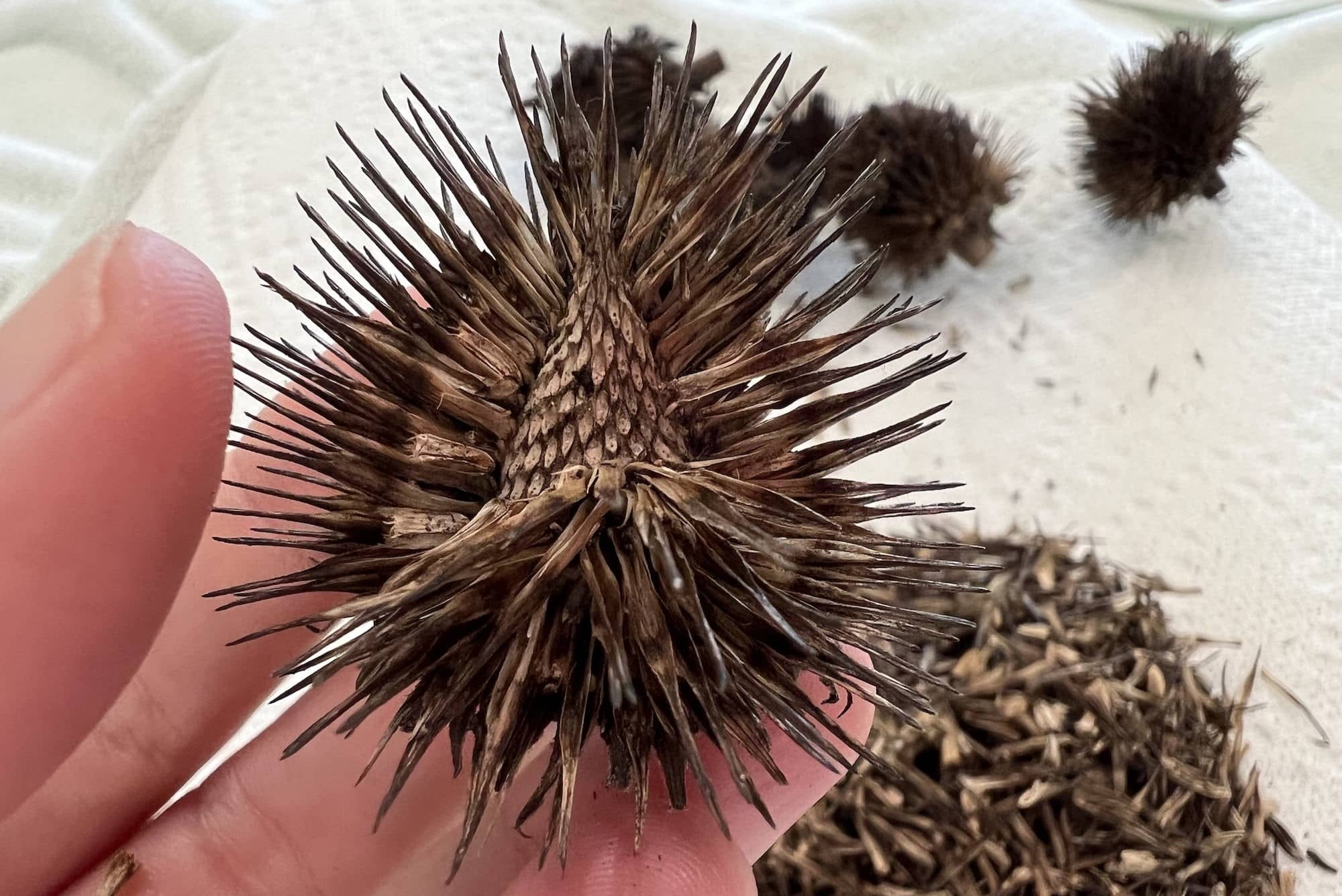
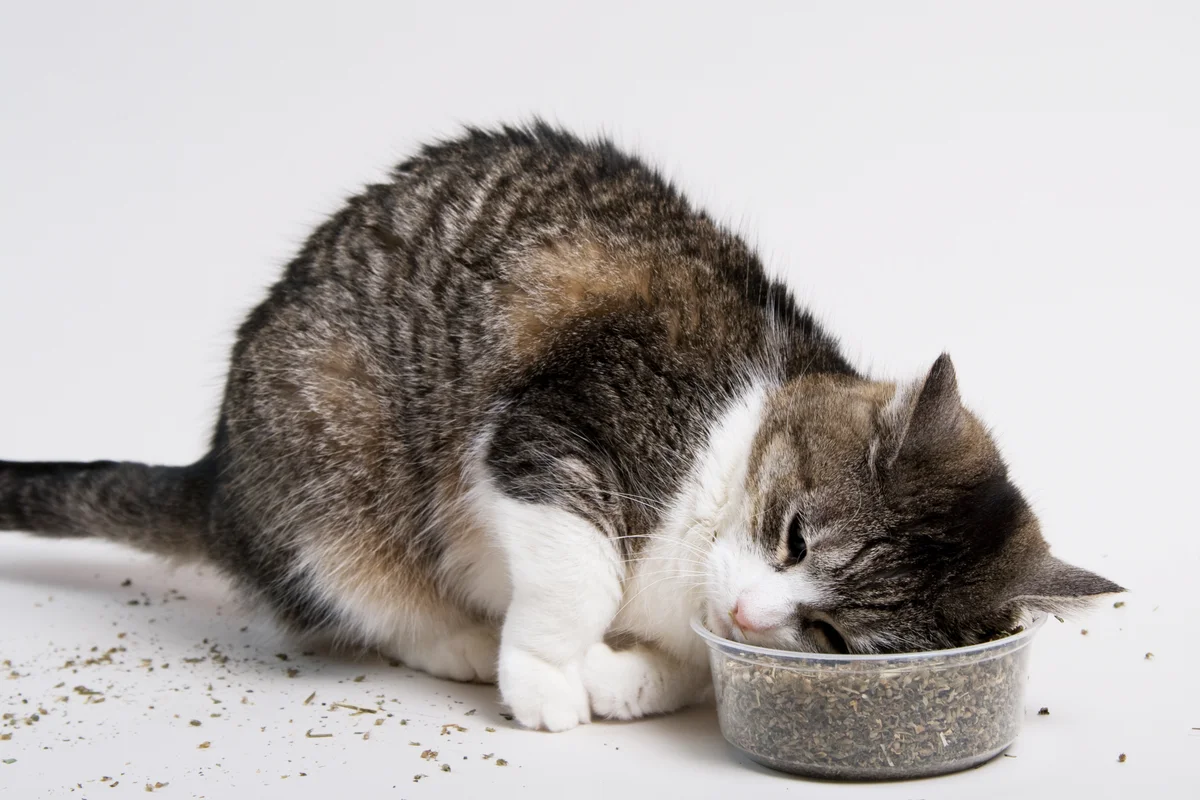
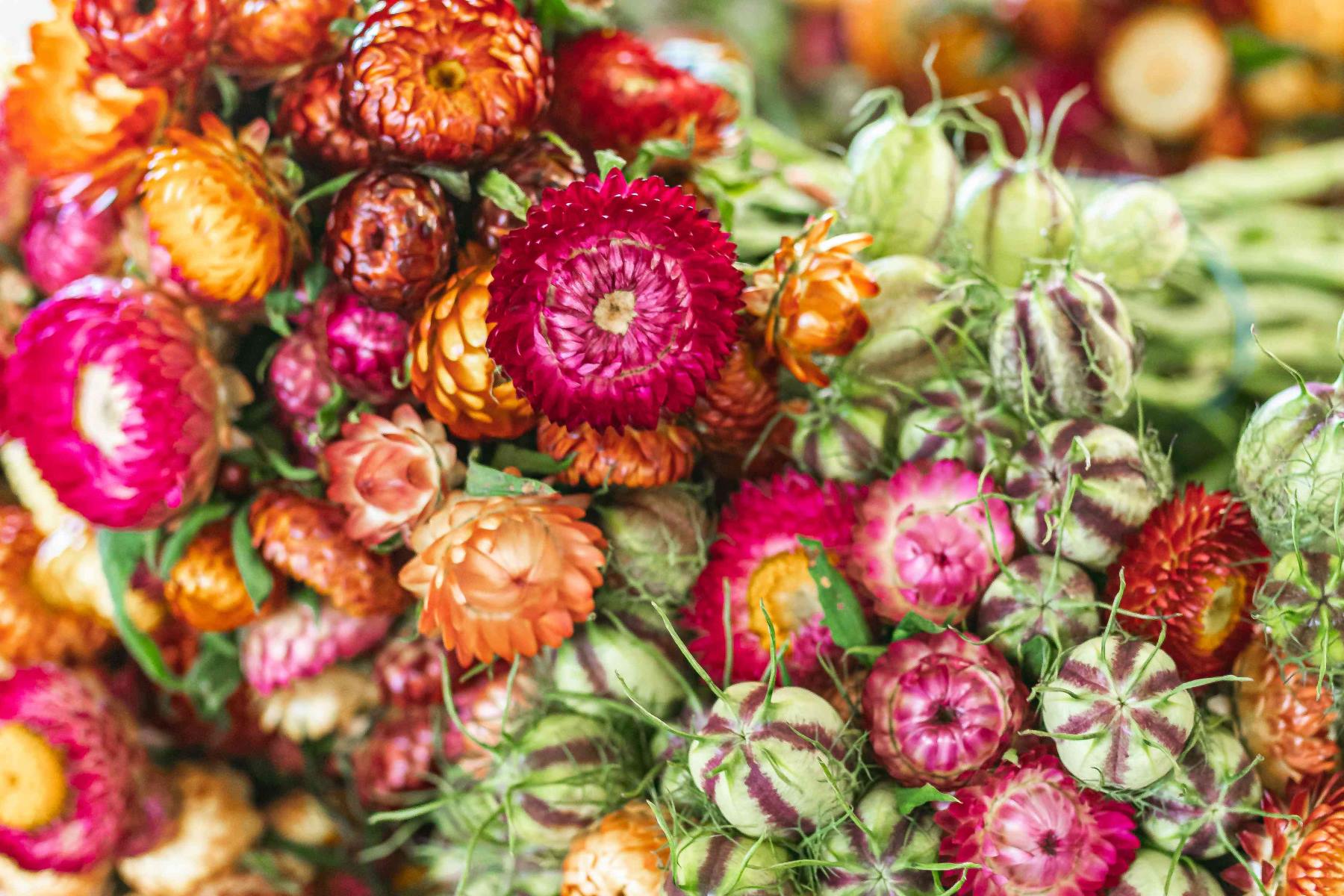
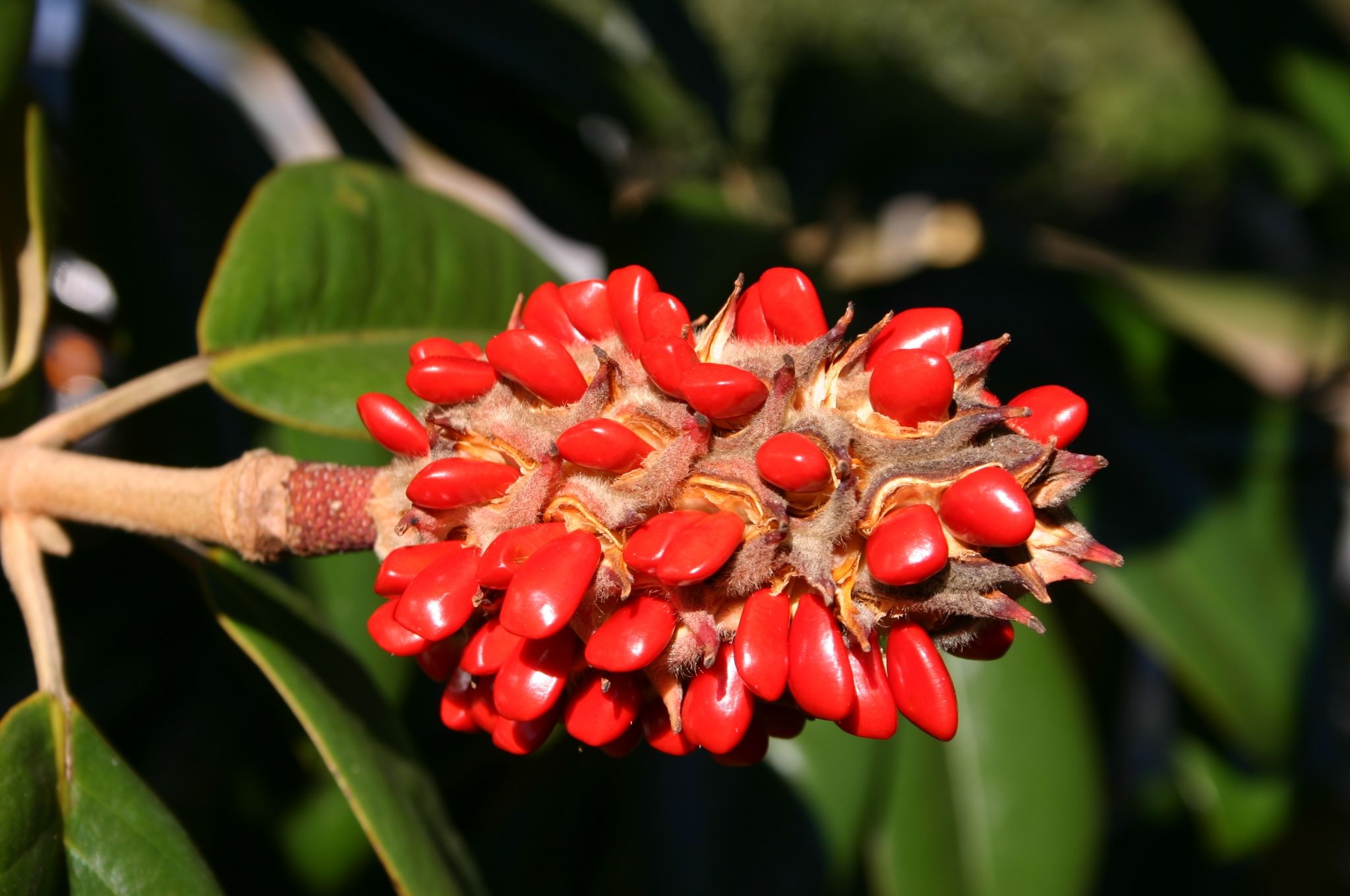
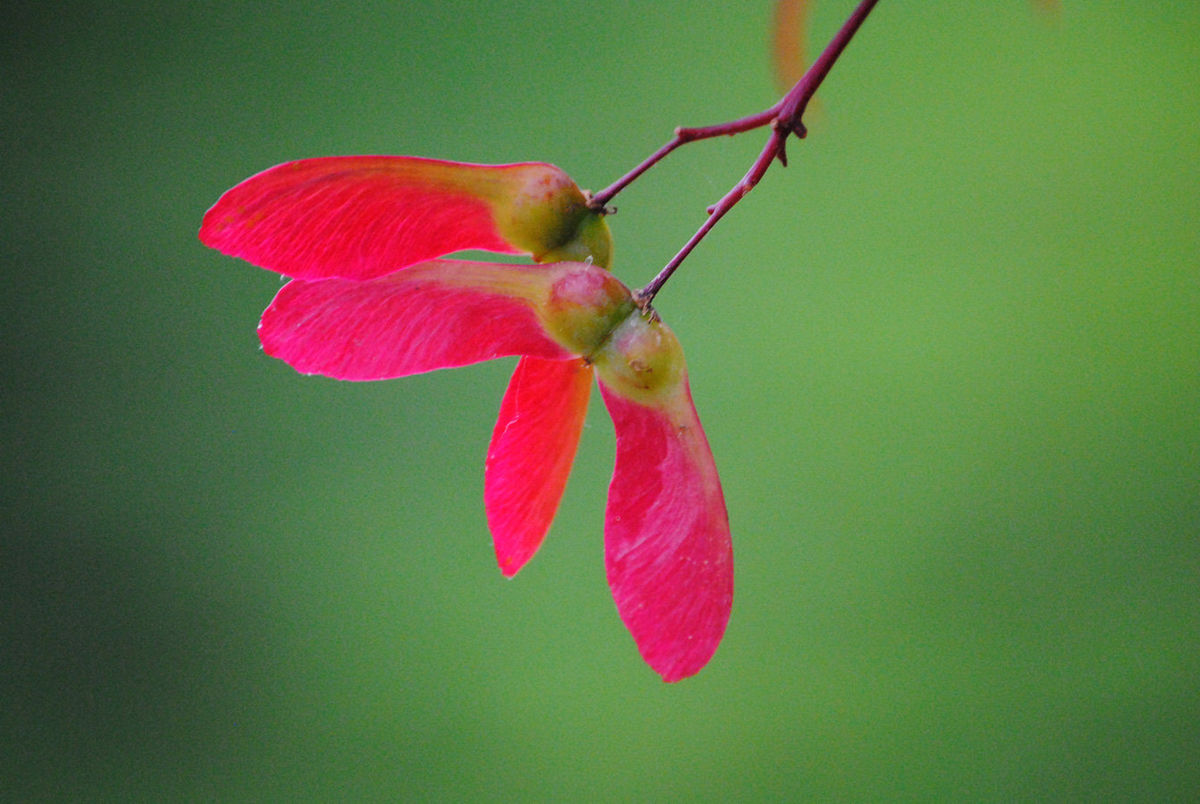
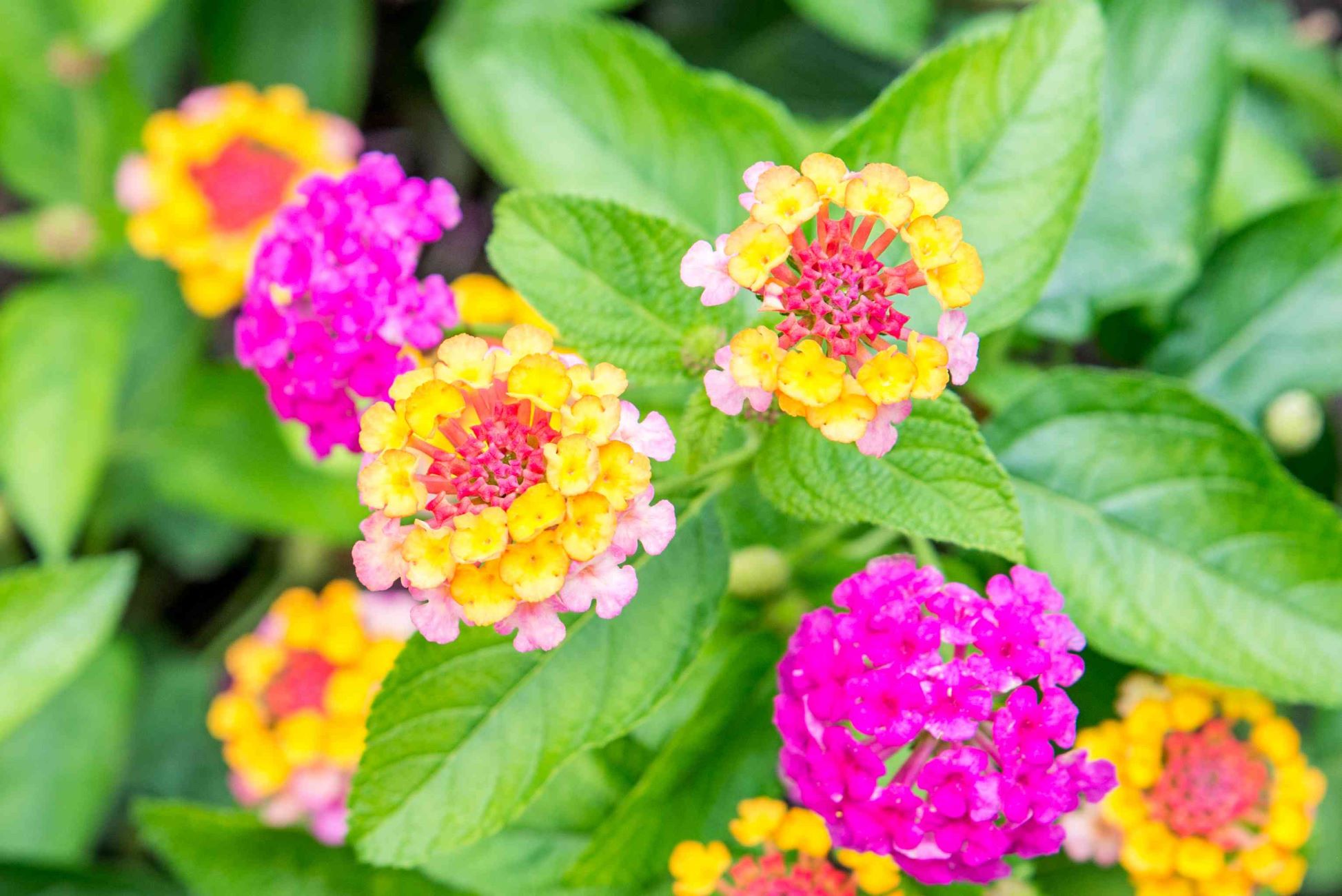
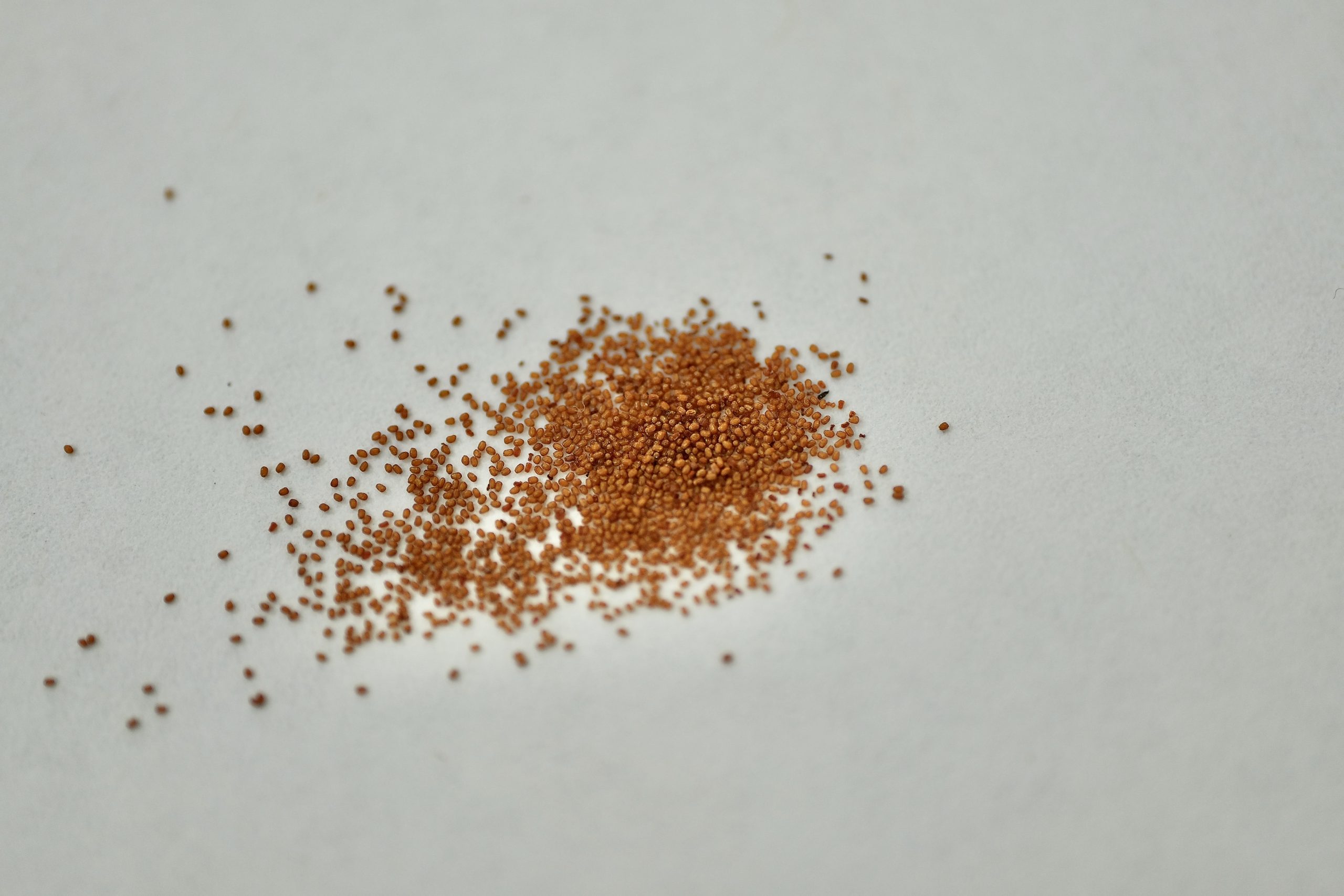
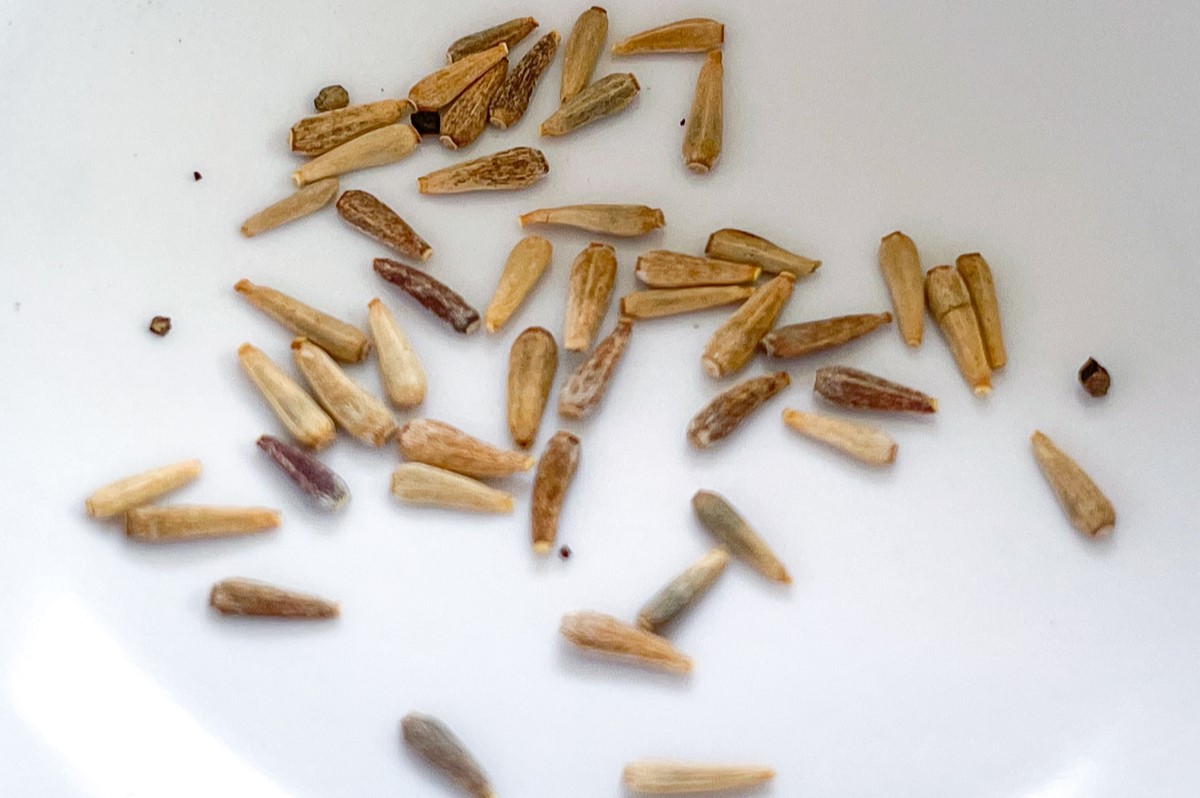

0 thoughts on “What Do Rose Seeds Look Like”